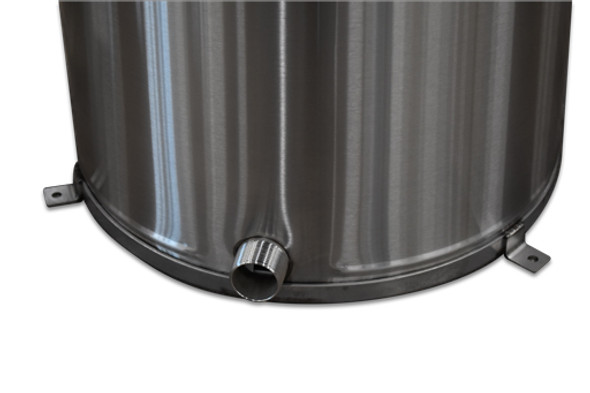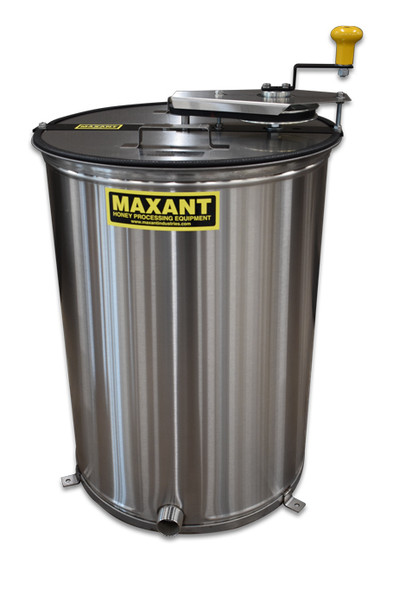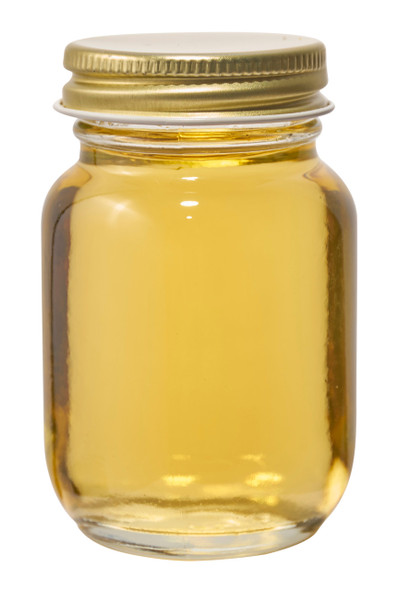Beekeeper in the Big Apple
Home to the busiest streets in America, cars lined bumper to bumper, herds of young professionals ma
…
Sep 28th 2022
![Small Bee Charm Mold [F013] Small Bee Charm Mold [F013]](https://cdn11.bigcommerce.com/s-fx4fw18j2i/images/stencil/590x590/products/1415/3122/f013_l__68313.1712160409.jpg?c=1)
Lyson

Maxant


Maxant

Maxant







